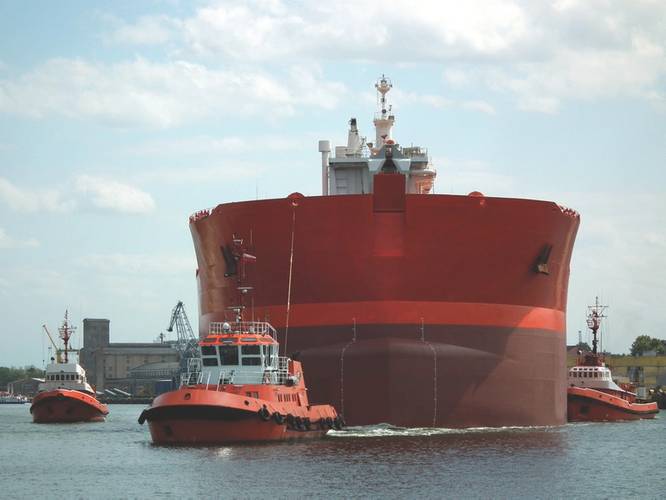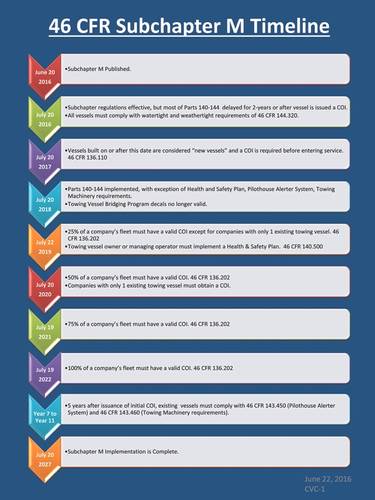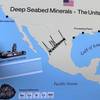No matter what route you take, time is marching on and that means compliance requirements, inspections and audits are just around the corner.
This July, major sections of the Subchapter M regulation will enter into force as the towing industry begins the process of certifying as many as 5,700 U.S.-flagged vessels that fall under the remit of the new safety and environmental standards. Demand for technical support from third-party organizations (TPO) such as ABS has been escalating rapidly as more and more vessel owners start to build or bring safety management systems (SMS) into compliance with the U.S. Coast Guard-driven mandate.
Deadlines & Options
July 20 is the deadline for the sections (Parts 140-144) of the phased-in regulation that set requirements for operations, lifesaving, fire protection, machinery and electrical systems (and equipment), as well as the construction and arrangement of the vessel. TPO activity levels are increasing daily, with requests for surveys and vessel audits having spiked in response to the Coast Guard’s recent opening of the application process for Certificates of Inspection (COI).
In a nutshell, vessel owners have two paths to Sub M compliance: they can design/modify a bespoke company Towing Safety Management System (TSMS) to the requirements of Subchapter M and have it certified by a TPO, or they can opt for certification and regular inspections by the Coast Guard.
The vast majority of owner/operators have chosen the TSMS route. The U.S. Coast Guard has actively encouraged the TSMS option, a strategy that is driving the current strong demand for TPO support. But there are still a surprising number of companies that have chosen neither their compliance option nor partner. For them, the clock is ticking.
ABS, which regularly provides technical oversight for about 2,000 of the towing vessels subject to Sub M regulation, has recently issued TSMS certificates for a number of companies and is helping others to update their safety-management systems. We have also been conducting surveys of vessels to determine their individual levels of compliance.
Given the Coast Guard’s guidance, the TPO community expected the vast majority of towing companies to choose the TSMS option, and this has proven true. But the USCG route to compliance is still proving popular, particularly among smaller companies that may not have a safety management system already in place.
Looming Large in the Center Porthole
The towing industry has about 5,700 vessels that qualify for inspection under Subchapter M. The vessels using TPOs will be inspected by the Coast Guard every five years, while those choosing Coast Guard inspections will be inspected each year. Their COIs will be renewed on a five-year schedule.
Owners and operators opting to go the Coast Guard route can expect the first inspection – the one that will ultimately generate a vessel’s inaugural COI – to be comprehensive; diving into almost every aspect of its operation, safety processes and structural integrity. Theoretically, each annual inspection could be as comprehensive, but the Coast Guard’s Officer in Charge, Marine Inspection – typically referred to as the OCMI – has some discretion on the scope of subsequent inspections.
ABS has advised owners with smaller fleets that operate within a limited geographical area to consider the Coast Guard option, especially if they believe the inspection schedules are manageable. That’s because the Coast Guard requires 90-day’s notice for inspection, so owners need to be confident that their vessel will be within the OCMI’s jurisdiction at the scheduled time.
Most of the multi-jurisdictional towing-vessel operators with large, modern fleets are well advanced in their Sub M compliance activities. But some of the smaller operators not presently operating under an approved safety-management system are just coming to terms with the adjustments that will be necessary to comply with the new regulations.
For one, Sub M requires them to implement a recognized health and safety plan (as per 46 CFR 140.500) by July 22, 2019. For some, the associated requirements for tasks such as recordkeeping, incident reporting and the new rules around personal protective equipment will entail a significant shift in company culture. Subchapter M was drafted after extensive industry consultation, and in the knowledge that structured safety programs ultimately pay dividends to the owners who employ them.
Most regulations, especially ones that are as comprehensive as Subchapter M, compel operators to go through a natural period of interpretation and adjustment. In that context, the discovery of deficiencies with respect to compliance is a relatively common occurrence as they adjust their fleets and work practices to the new regime.
What Can You Expect?
With about four months left until Sub M Parts 140-144 enter into force, here are some common, garden-variety deficiencies that ABS is seeing (not necessarily in order of frequency):
- Maximum Allowable Working Pressure is not indicated on the ship’s pressure vessels
- Vessels operating inside the boundary line are unable to display proper navigation lights and day shapes
- Vessels operating on rivers not carrying visual distress signals
- Main fire-control panels located in the engine room, and not at the operating station, as required
- Engine room piping not color-coded
- Vessels do not meet the two-hour requirement for emergency-lighting batteries
- No positive means to close openings (e.g. for ventilation) into the engine room
- No RPM gauges on or nearby required machinery (as per 46 CFR 143.230 (c))
- Inoperable valves for remote fuel shut-off
- Lifejackets not marked with the vessel’s name in block capital letters
Beyond discovered deficiencies; another compliance issue that frequently arises pertains to the clarification of the manning requirements posted on the COI. As this is to be determined by the OCMI, the TPO is not permitted to suggest safe manning levels for towing vessels. Hence, vessel owners going the TSMS route are encouraged to consult Marine Safety Manual Volume III and their local OCMI to establish this.
Looking Ahead
With some deadlines for compliance mere months away, the rush of business at national shipyards has been less pronounced than some had expected. From the TPO standpoint, activity levels have been steady for both new construction and repair work. The slower related activity levels at the yards are likely the result of recent clarification from the Coast Guard stating that vessels would not require a drydock credit and/or internal structural examination prior to being issued a COI.
Owners of towing vessels that operate in salt-water environments for more than half of any 12-month period must dry dock their vessels every 2.5 years after they are awarded their initial COI. Vessels not exposed to saltwater over a similar period must dry dock once every five years after obtaining the COI. So while the yard’s Sub M-related activity may be quieter than anticipated at present, expectations are for a significant rise in related activity levels 30 months after the COIs are issued.
The keel-laying deadline for new vessels has passed and shipyards that are building vessels subject to Subchapter M must now meet the requirements for design verification. ABS is also providing this service for multiple owners and shipyards around the country.
The Author
Paul Hite is Senior surveyor and auditor with the American Bureau of Shipping (ABS).
(As published in the March 2018 edition of
Marine News)














